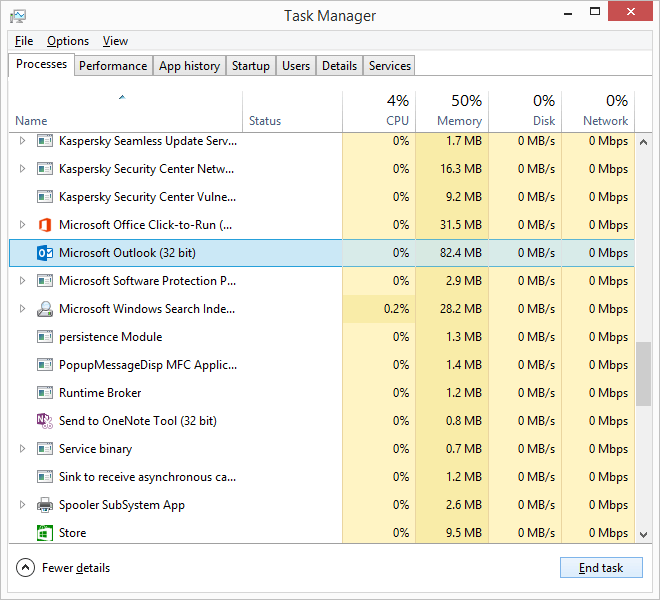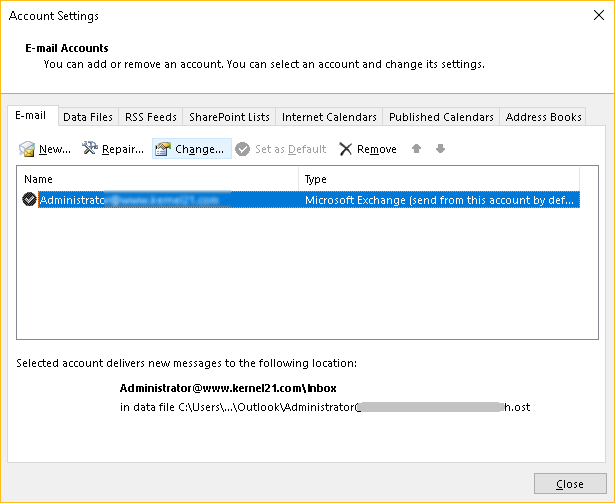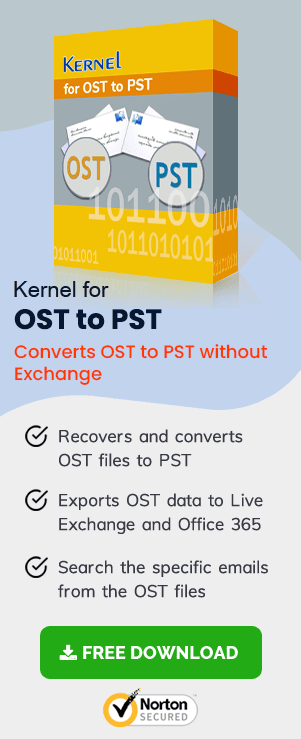I was trying to open an OST file with my MS Outlook, but unfortunately, it was unable to open and an error ‘the file username.ost is in use and cannot be accessed’ appeared on my screen – a user has submitted this query on Microsoft forums.
Highlights
- Reasons behind “the file username.ost is in use and cannot be accessed” error
- Manual methods to fix this problem
- An alternative solution with a third-party tool
While opening an OST file with Outlook, many users often encounter the error “the file username.ost is in use and cannot be accessed.” This error usually occurs because the OST file you are trying to open is already in use by some other application. Also, when users opt for the “Save and Send” facility included with Office applications, the same error is witnessed.
Cause of This Error
There are some reasons that can cause this error, such as:
- Lack of synchronization between the OST file and the Exchange mailbox
- Poor internet connection
- Conflict of other programs with Outlook application
- If processes like LYNC, UCMAPI.EXE, Office Communicator 2005/2007, etc. are running in the background
Fixing the Error
The “the file username.ost is in use and cannot be accessed” error can be resolved quickly if you have enough technical knowledge of MS Outlook or Windows OS. Well, even if you do not have enough expertise, we have mentioned here the methods to solve this error. As manual processes do not work every time, we have suggested an additional method that can solve this error.
- Close MS Outlook and All Related Applications
The simplest method to resolve this error is to end and close all the MS Outlook applications, and then restart them. Also, make sure no Outlook application is running in the background. Follow the below steps to end processes in the background:- Press “Alt+Ctrl+Delete” on your system and select “Task Manager”.
- A wizard will appear on the screen, click on Processes, and look for applications like “Outlook,” “Lync,” “Communicator,” or “UCMAPI”.
- Select the processes one by one and click “End Task” to close the process in the background.
- Disable Cached Exchange Mode
Cache Exchange Mode allows users to work offline in Outlook. Temporarily disabling this feature can also solve this error. To disable “Cached Exchange Mode,” you can follow the below steps;- Go to “Control Panel” after closing all MS Outlook applications.
- Now click “Mail” option in Control Panel, a new wizard will appear on the screen.
- Select “Email Accounts” from the opened wizard and then select “Email”.
- Select the email that is connected to Outlook and then click “Change.
- Now, disable the “Cached Exchange Mode,” and press “Next>>Finish.
- OST Recovery
The best method to solve this error is to repair the OST file and convert it to a PST file with OST Recovery. The advanced third-party tool fixes all types of Exchange OST-related errors and repairs highly corrupted and damaged OST files efficiently. It is the best tool to recover complete mailbox contents from orphaned and inaccessible OST files and save them to PST and more file formats securely without altering the original properties and metadata. It moves recovered OST files to Office 365, email servers, and web-based email clients extensively.This tool provides some extensive features, such as:- Fix corruption issues of OST file and make it accessible
- Restore deleted Exchange Mailboxes from damaged OST files
- Retrieve complete OST data including deleted items
- No file size limitations for the OST recovery
- Preview entire data of OST file before saving it
- Convert OST file to PST, DBX, MBOX, HTML, and PDF formats.

Now, restart the computer and open MS Outlook, you might not face this error again.

Disabling the Cached Exchange Mode might resolve the error. However, if you’re still facing the same error, then the only possible solution to fix it is converting OST to PST, and then access it via Outlook.
After converting the OST file to PST format, you can easily access the OST file items via MS Outlook. Using the same tool, you can also resolve other OST errors, such as fixing Outlook cannot synchronize subscribed folders.
Wrap Up
MS Outlook is a widely used application that allows individuals as well as large-level organizations to handle their mailbox items. So, facing these kinds of errors can be tricky and complicated sometimes. But, using the above methods, you can quickly resolve these errors. However, if you’re unable to resolve the issue with manual methods, then you can opt for OST Recovery to repair the file and access its data.

